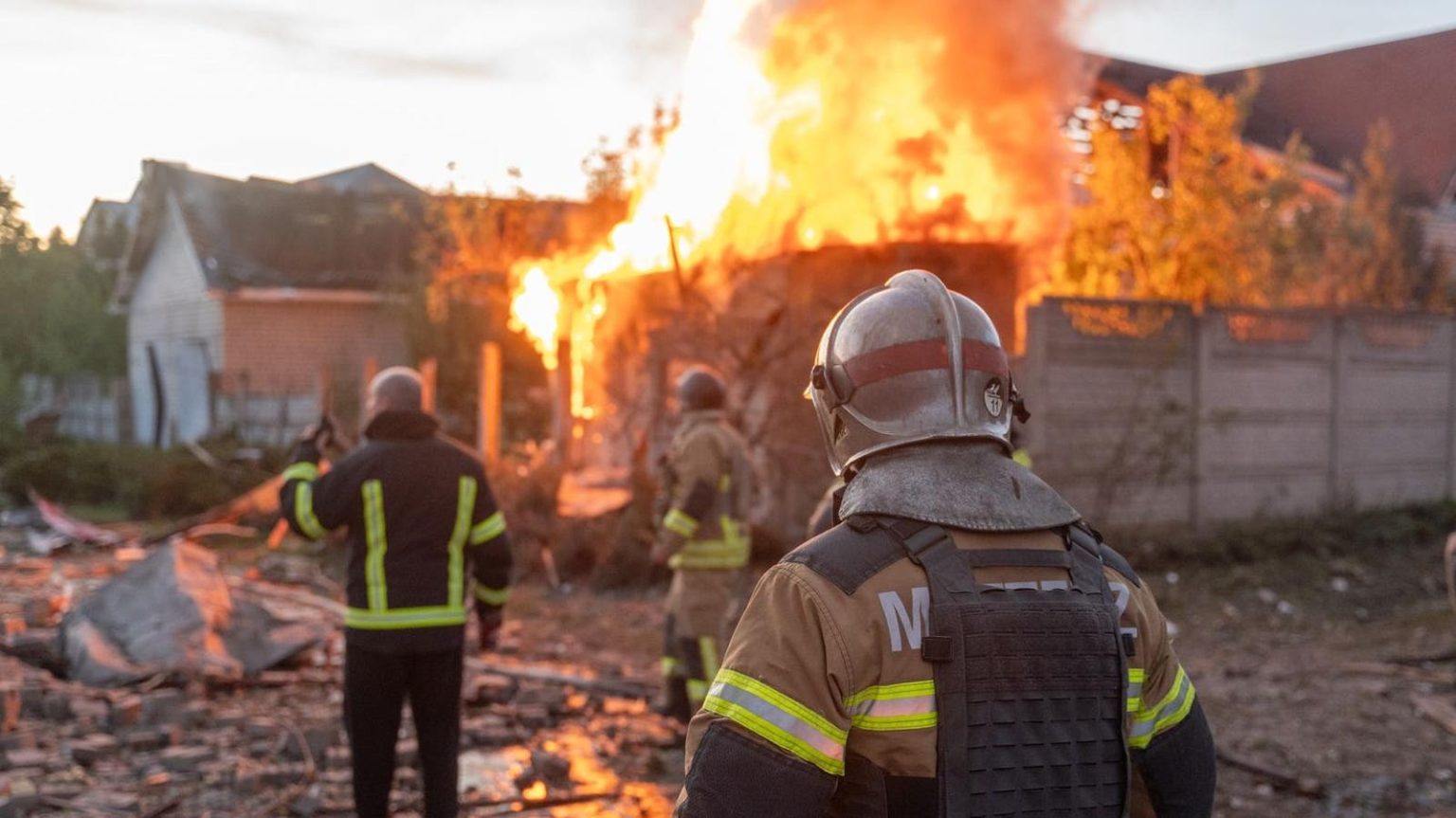Over the past 27 months, Russia has been launching missile strikes on Ukraine as part of an ongoing war between the two countries. In response, Ukraine has strategically positioned air-defense systems to reduce the effectiveness of Russian strikes. To counter this, the Russian military has adopted the use of strike packages, which combine various types of missiles like cruise missiles, ballistic missiles, hypersonic weapons, and loitering munitions. Leading up to a large offensive operation planned for this summer, the Russians have adjusted their strike packages to rely more on ballistic missiles and air-launched cruise missiles, moving away from loitering munitions and sea-launched cruise missiles.
The use of strike packages allows Russia to leverage its diverse missile systems for flexible strike configurations. The Russian arsenal includes cruise missiles that can be fired from ships or aircraft, ballistic missiles, and hypersonic weapons that combine speed and agility. By combining different missile types into each strike package, Russian forces aim to overwhelm and confuse Ukrainian air-defense systems, which have limited time to detect and respond to incoming rounds. Despite Ukrainian efforts to intercept Russian missiles, a significant number of rounds have breached their defenses, allowing several missiles to reach their targets.
Recent changes in strike package composition include decreased usage of loitering munitions like Shahed drones and an increase in the use of ballistic missiles launched from Crimea, such as the Iskander missiles. The close proximity of the launch sites to Ukrainian targets reduces the reaction time available to their air-defense systems, enhancing the effectiveness of the strikes. Additionally, as the Russian Air Force plays a larger role in the conflict, naval-launched cruise missiles are being replaced by air-launched cruise missiles like the Kh-22 missile, which have proven difficult for Ukrainian air-defenses to counter.
The shift away from loitering munitions in favor of ballistic missiles is partly due to advancements in Ukrainian counter-drone technology, which has been successful in detecting and neutralizing such munitions. Meanwhile, Ukrainian forces have struggled to intercept short-range ballistic missiles due to their limited time of flight. Russian decision not to use loitering munitions during current barrages aims to modify the drones to better withstand Ukrainian counter-drone systems, allowing them to be used later in the summer offensive. The changes in strike package composition also reflect a general shortage of Ukrainian munitions and equipment, allowing Russia to use Crimea as a base for ballistic missile attacks.
In the near term, Russia is expected to continue using a composition in their strike packages that relies more on ballistic missiles than loitering munitions. However, as the summer offensive operation approaches, it is anticipated that loitering munitions will play a more critical role. Despite this, Ukraine will receive aid from the United States and other NATO countries, strengthening their ability to respond to the variety of missiles used by Russia. As the dynamics of the battlefield continue to evolve, both Russian strike packages and Ukrainian air-defense systems will adapt to the changing circumstances.


